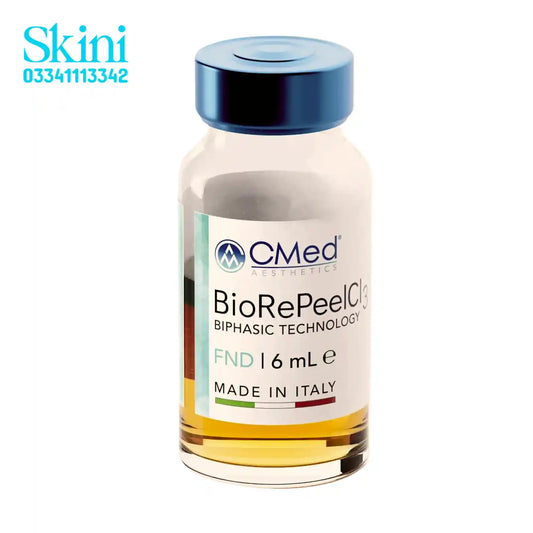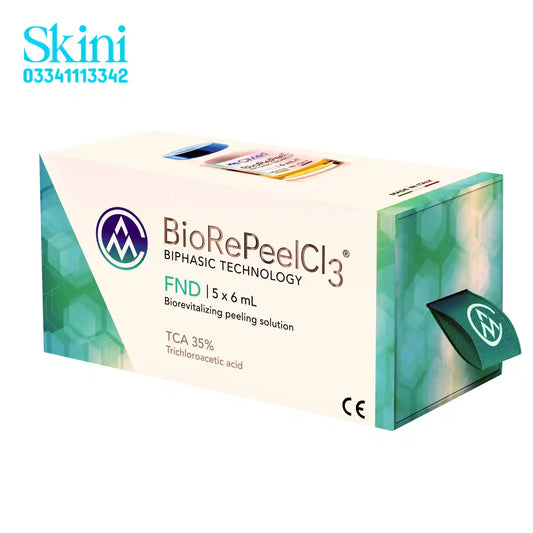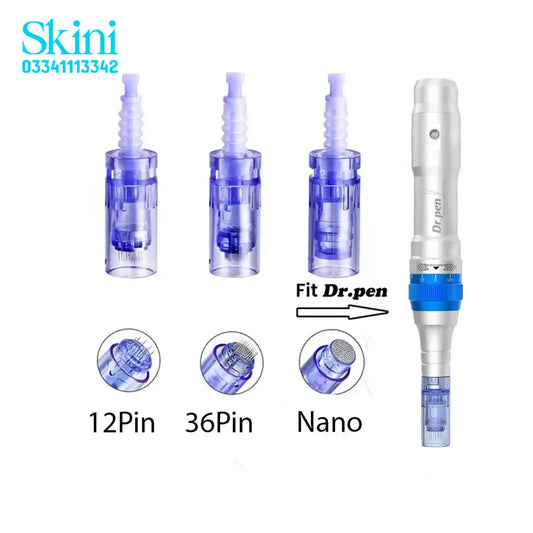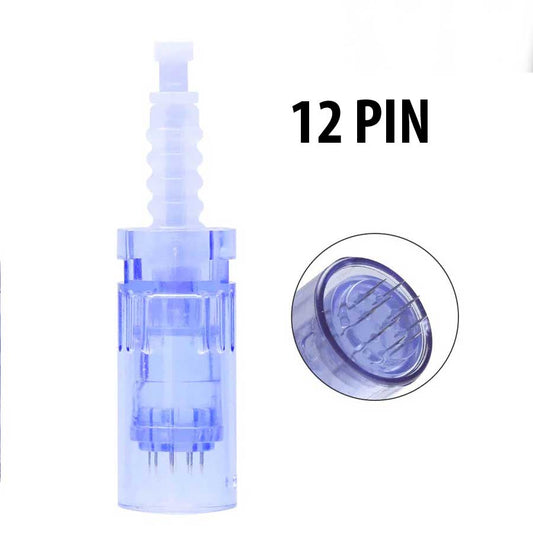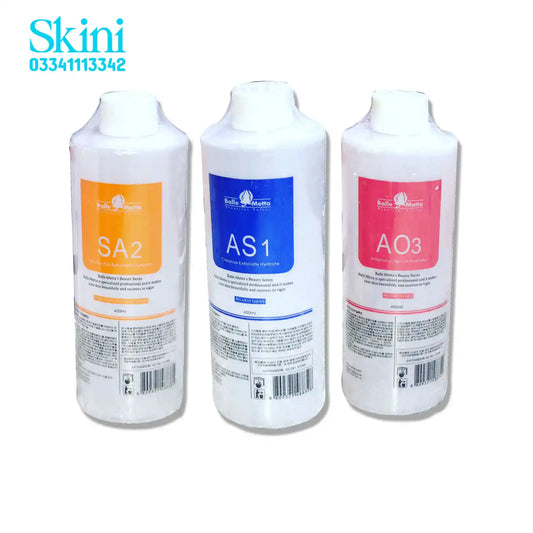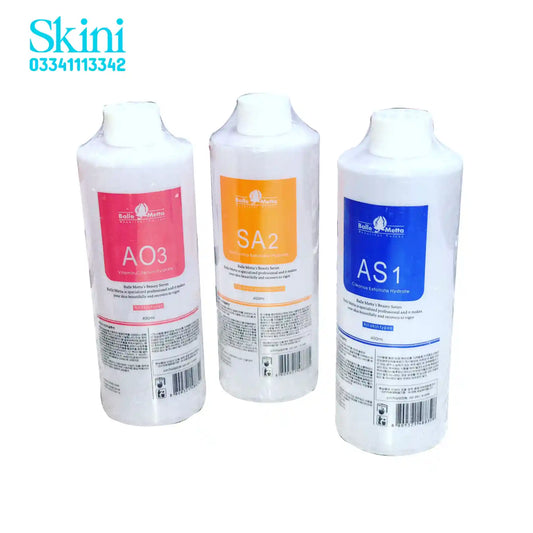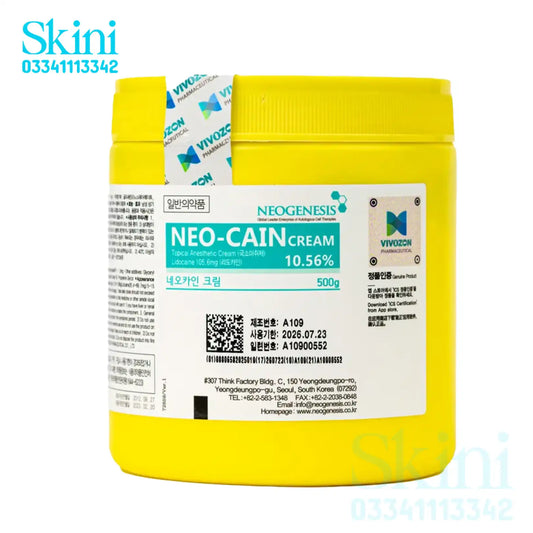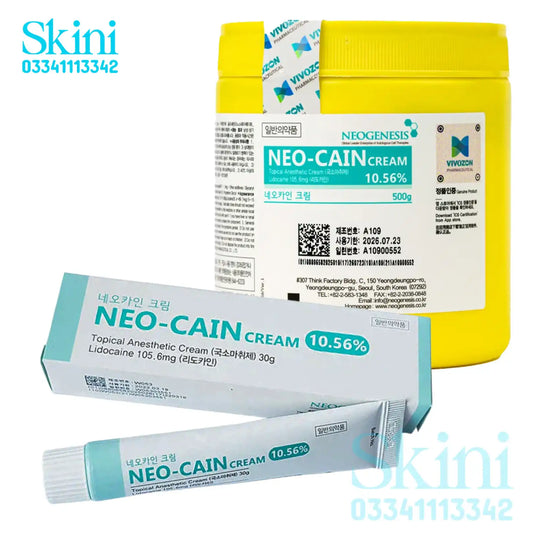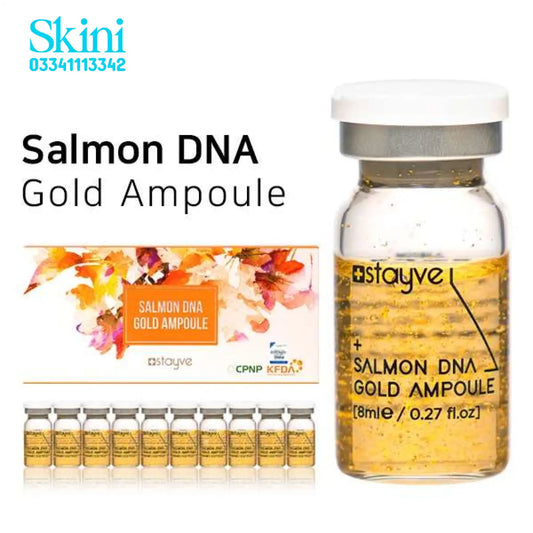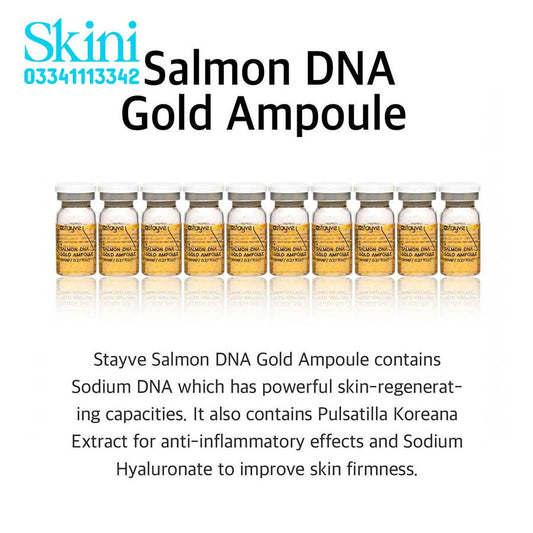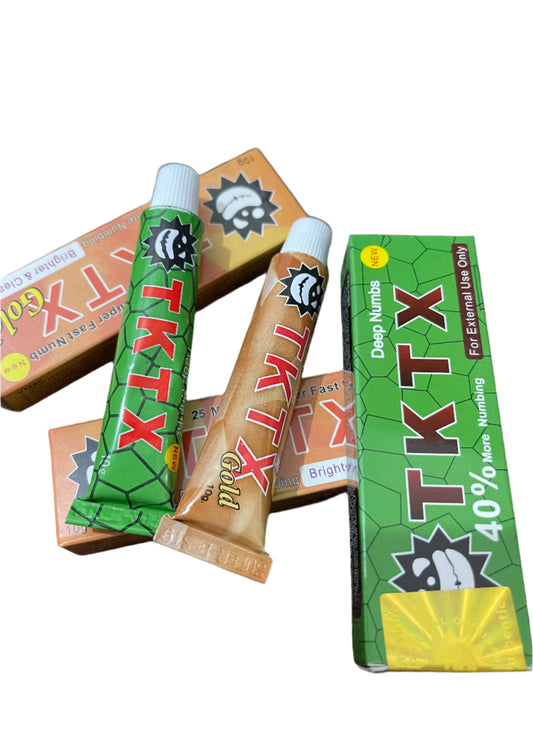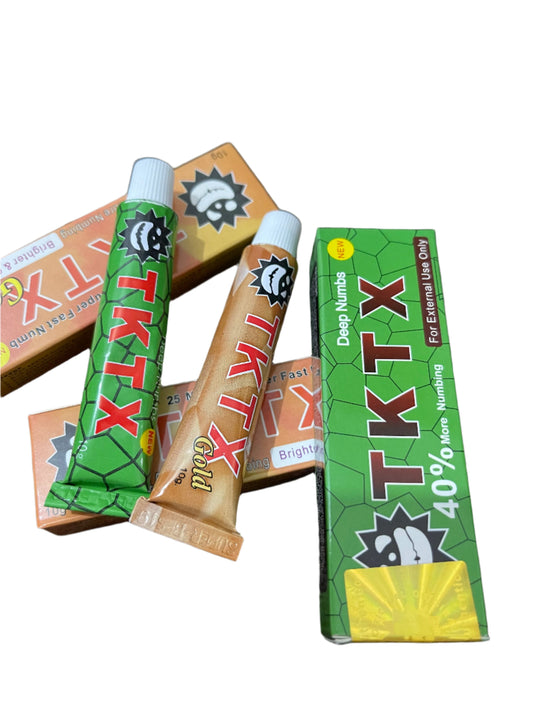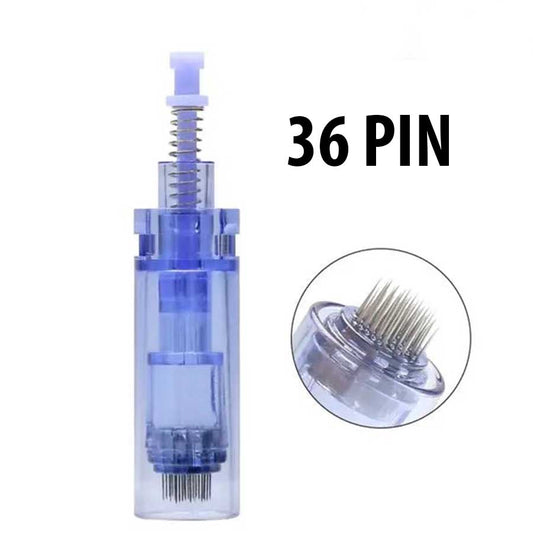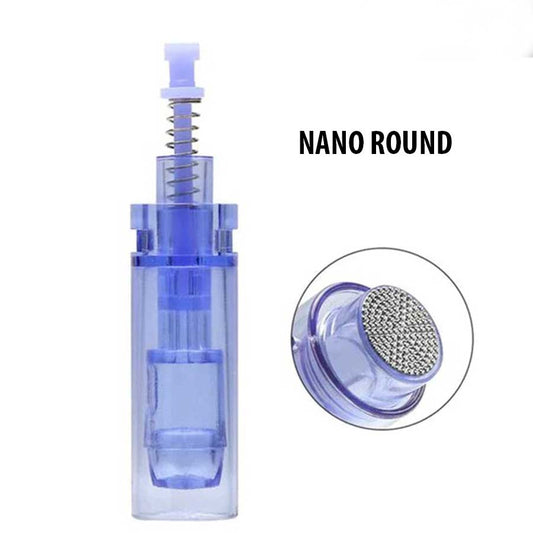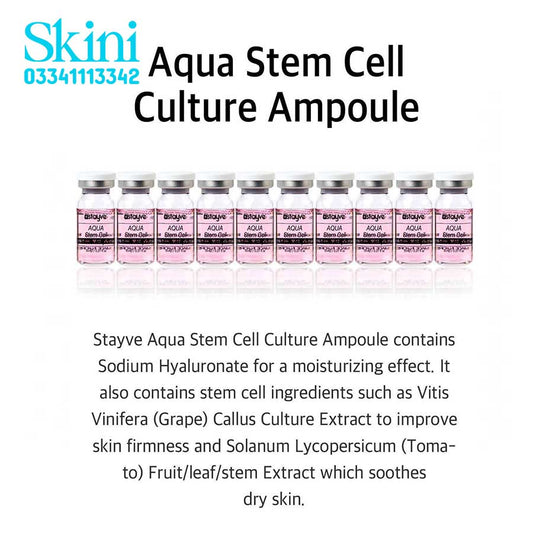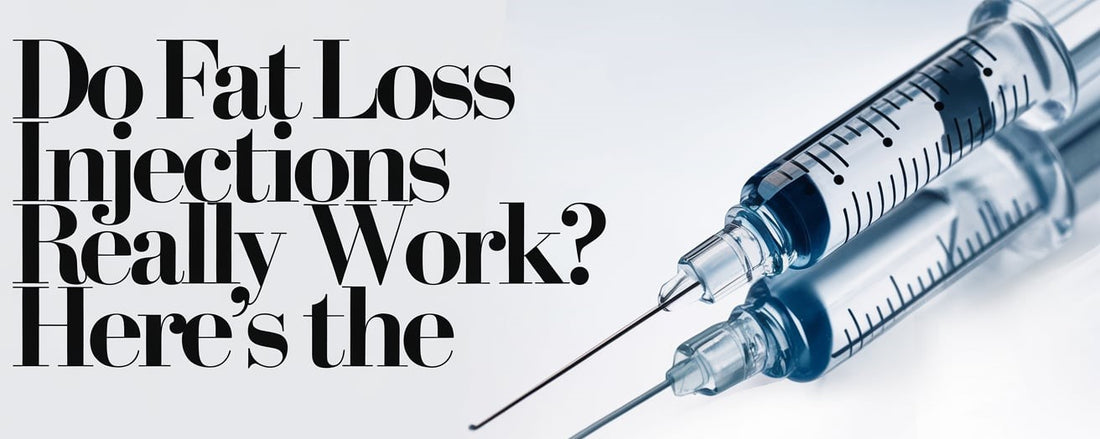
Do Fat Loss Injections Really Work? Here's the Truth
In the world of weight loss, there seems to be a new rapid fix constantly hitting the market. Fat loss injections are one of the latest trends gaining popularity, with claims of dissolving stubborn fat, contouring the body, and enhancing overall appearance. But with so many lofty promises, it's reasonable to ask: do fat loss injections really deliver effective results?
This comprehensive guide will explore the facts about fat loss injections, including how they work, the scientific evidence behind them, their benefits and limitations, potential risks and side effects, and alternatives for safe, sustainable weight loss. Read on to learn if fat loss injections could be right for you.
What Are Fat Loss Injections?
Fat loss injections, also referred to as lipolytic injections or fat-dissolving injections, are minimally invasive procedures that involve injecting various substances into targeted areas of fat deposition on the body.
The solutions injected are designed to break down fat cells, causing localized fat reduction in specific problem spots. Common areas treated include the chin, thighs, abdomen, flanks, back, arms, and buttocks. The injections may contain compounds like:
- Deoxycholic acid - A naturally occurring bile acid that disrupts fat cell membranes, causing the release of fat. It's FDA approved for submental fat (under the chin).
- Phosphatidylcholine - A compound derived from soybeans that emulsifies fat cells, making it easier for the body to eliminate the released fat.
- Aqueous solutions - Contain various blends of vitamins, minerals, amino acids, enzymes, and plant extracts believed to boost metabolism, improve circulation, and promote fat breakdown.
The premise is that by injecting these substances directly into fat, the ingredients can target and eliminate unwanted fat cells in specific problem areas.
How Do Fat Loss Injections Work?
To understand how fat loss injections work, it helps to first understand the structure and function of fat cells.
Fat cells, also known as adipocytes, are specialized cells that store excess energy as triglycerides. Triglycerides are composed of glycerol and three fatty acids.
When you consume more energy from food than your body needs immediately, your fat cells store the excess calories as triglycerides within lipid droplets inside the cells. This is how body fat accumulates.
Fat loss injections aim to target and shrink these fat cells through two main mechanisms:
1. Destroying fat cell membranes
Compounds like deoxycholic acid and phosphatidylcholine can physically disrupt the phospholipid membranes that surround fat cells.
This rupture causes the fat cell contents to leak out. The released fat is then cleared away and metabolized by the body.
2. Metabolizing triglycerides
Some fat loss injections contain ingredients believed to boost lipolysis - the metabolic breakdown of triglycerides into glycerol and fatty acids for energy production.
Substances like amino acids, caffeine, retinol, and minerals may help activate lipases (enzymes that control fat metabolism), increase blood flow, and stimulate fat breakdown.
So in summary, fat loss injections work by:
- Penetrating the fat layer and targeting adipocytes
- Disrupting adipocyte cell membranes
- Causing fat cell rupture and contents release
- Metabolizing the released triglycerides for energy
What's the Evidence for Effectiveness?
Despite the popularity of fat loss injections in spas and aesthetic clinics, there is still limited high-quality clinical evidence regarding their effectiveness and safety for fat reduction and body contouring. Here is what the current research suggests:
Small areas of subcutaneous fat: Most studies demonstrate that fat loss injections can reduce small, localized subcutaneous fat deposits, such as under the chin, thighs, abdomen, flanks, or arms. However, results are often temporary if lifestyle habits remain unchanged.
No impact on cellulite: Fat loss injections do not improve the appearance of cellulite (dimpled skin). Cellulite is not caused by an excess of fat cells, but rather engorged fat pockets under the skin.
Minimal data on large-scale fat loss: There is a lack of robust data showing significant overall body fat percentage reduction from fat loss injections alone. Diet and exercise remain key.
Results vary: Response to fat loss injections varies drastically based on individual factors like metabolism, circulation, diet, exercise level, genetics, and more. Many experience negligible results.
Multiple sessions needed: Most require 4-6 treatment sessions spaced 1 month apart for optimal results. One session alone provides minimal lasting effect.
Combination treatments recommended: Combining fat loss injections with other body contouring procedures tends to enhance results. A multi-pronged approach is best.
Temporary effect: Given lack of impact on weight management factors like diet and exercise, fat loss with injections is often temporary. Fat cells may regenerate over several months if underlying causes persist.
What Are the Potential Benefits?
When performed correctly under ideal circumstances, fat loss injections may offer the following benefits:
Minimally invasive procedure
Fat loss injections require no surgery or downtime. The procedure takes less than an hour, with little discomfort or negative effects for most people.
Targeted fat reduction
Injections allow physicians to specifically target problem spots where diet and exercise resistant fat accumulates. This spot-reduction capacity gives them an edge over systemic weight loss methods.
Enhanced appearance of skin
The fat layer thinning effect can gently smooth and tighten skin overlying treated areas. Some experience skin tightening comparable to a moderate facelift.
Gradual, natural looking fat reduction
Well-placed injections dissolve fat gradually over 2-3 months. This leads to subtle, natural looking improvement versus sudden fat loss.
Supplemental spot treatment
When combined with diet, exercise, and body contouring treatments like liposuction, fat loss injections may help target stubborn areas unresponsive to broader weight loss efforts.
Non-surgical procedure
Fat dissolving injections are far less invasive than liposuction surgery. They offer moderate fat reduction without anesthesia requirements or significant recovery time.
So in the right circumstances, fat loss injections can be a beneficial supplementary or maintenance treatment for targeting localized fat and refining body contours. However, results are modest compared to more comprehensive weight loss approaches.
The Bottom Line
While intriguing, fat loss injections remain a supplemental procedure with limitations. When administered properly alongside broader healthy lifestyle efforts, fat dissolving injections can provide mild to moderate spot reduction in small, localized areas unresponsive to diet and exercise.
However, results vary widely, may only be temporary, and involve risks if improperly done. Fat loss injections are no substitute for core weight management foundations like nutrition, physical activity, and wholesome daily habits. But when approached realistically, they can be a nonsurgical supporting option for tackling stubborn spots.



